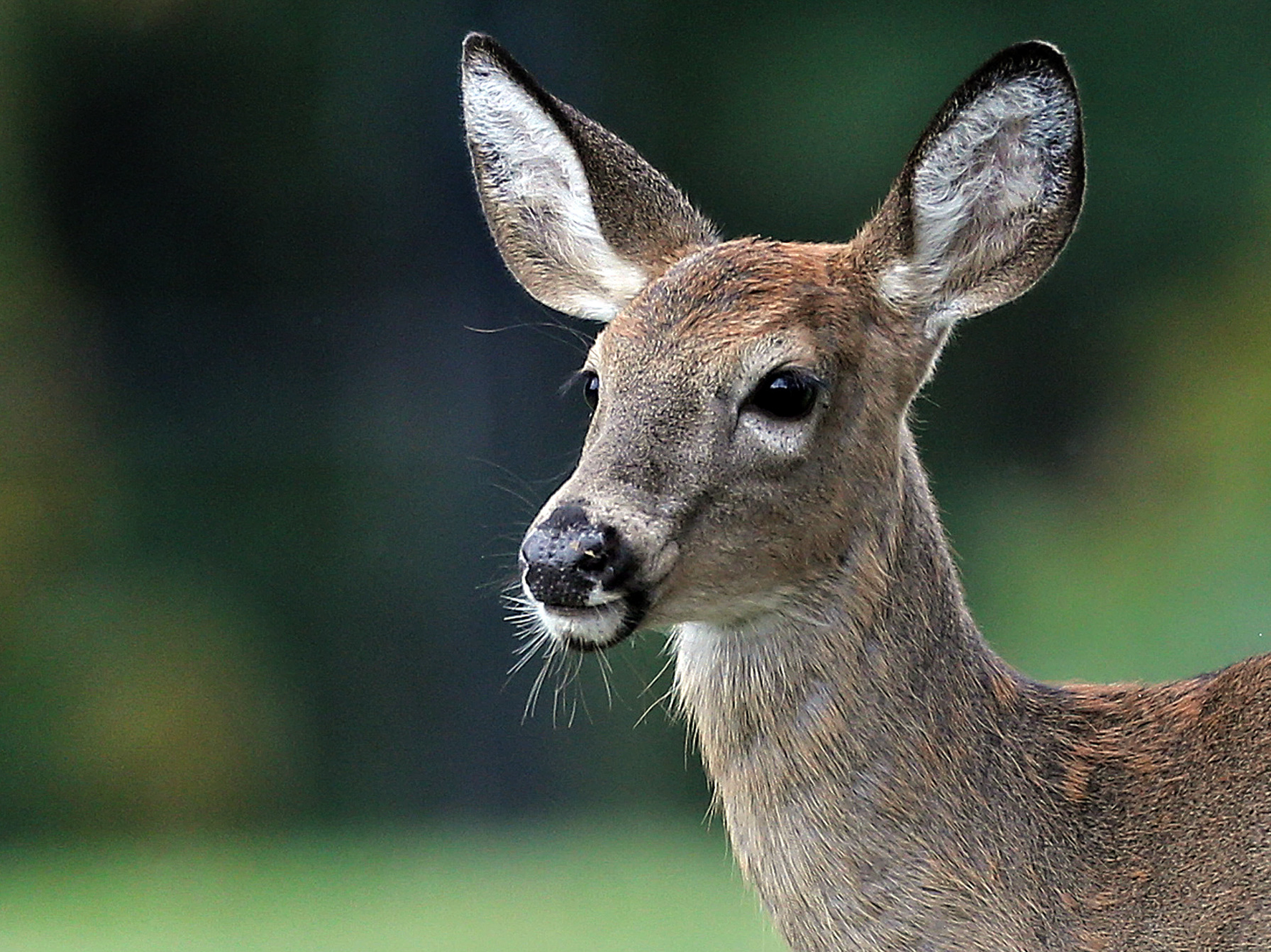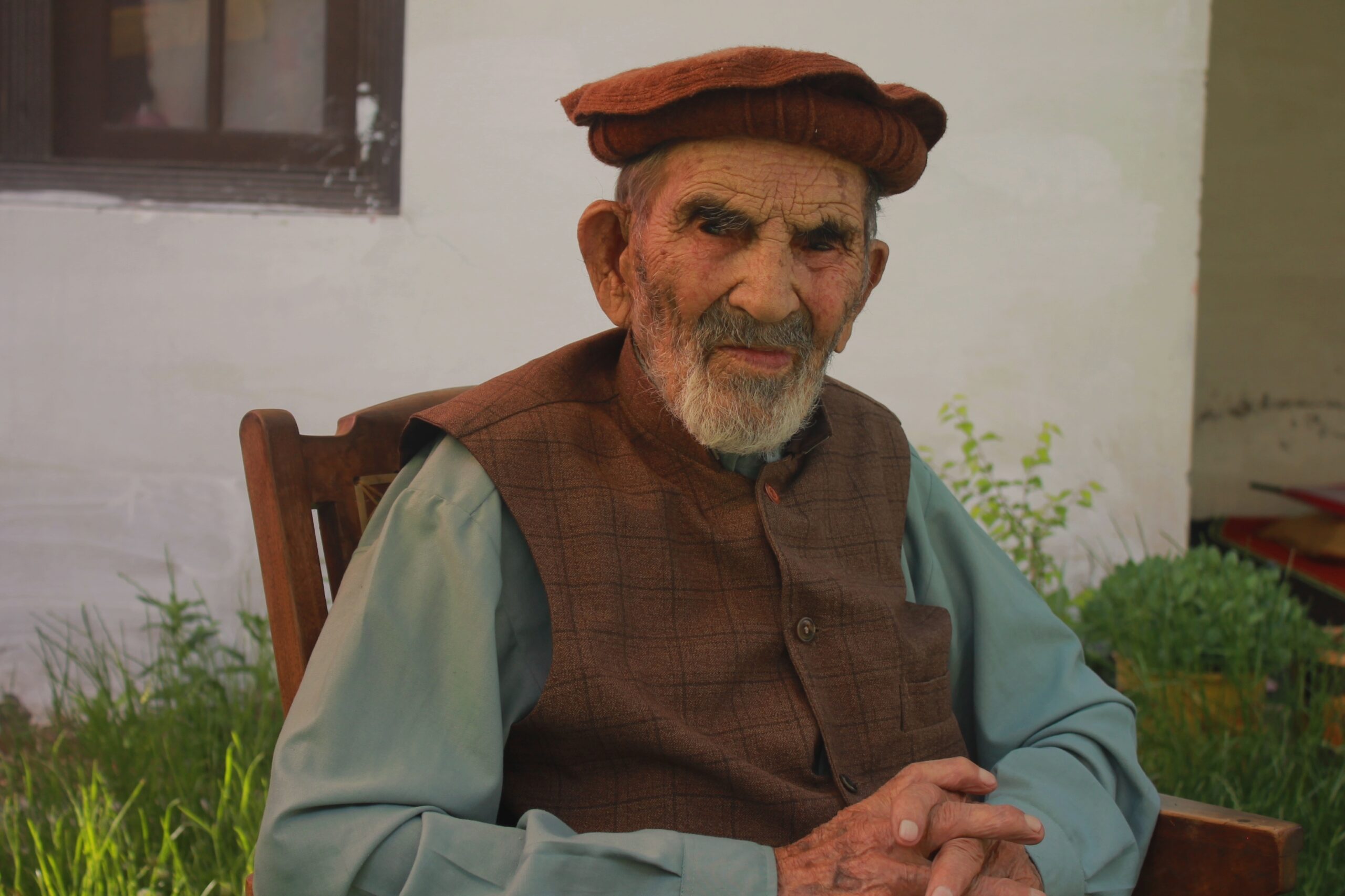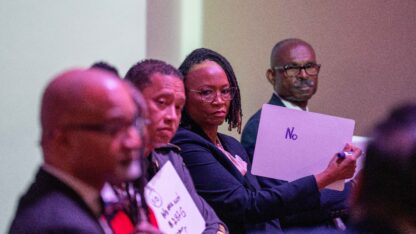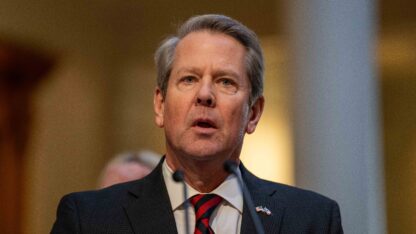AstraZeneca’s Rocky Rollout: The Woes Of The ‘Vaccine For The World’
From the get-go, the Oxford-AstraZeneca COVID-19 vaccine was different.
It was a nonprofit collaboration between top academic researchers at Oxford University in the U.K. and a major pharmaceutical company. It wasn’t developed by a government to be used exclusively for the people or the political whims of one nation. The company billed it as the “vaccine for the world,” costing one-tenth of what some of its rivals cost — and licensed it to other manufacturers around the globe to amplify its production. And it was going to be the backbone of the international vaccine-sharing initiative COVAX, making it the primary vaccine for low- and middle-income countries. The company AstraZeneca had the ambitious goal to get 2 billion doses into people’s arms this year.
But like so many things during the coronavirus pandemic, the path forward for this vaccine has been anything but smooth. Five months after its launch and after 400 million doses have been administered worldwide, this vaccine is one of the most controversial on the market. Just this week, Canada announced it is moving away almost entirely from using the vaccine. After suspending the use of the AstraZeneca vaccine for first doses in May across much of the country, the government is now offering Canadians who’d been waiting on a second dose of the AstraZeneca vaccine the option of switching to another brand to finish their immunization.
The Oxford-AstraZeneca vaccine first won approval for use in the U.K. on Dec. 30.
The first jab was given five days later at a hospital in Oxford, England, to an 82-year-old retired maintenance manager named Brian Pinker.
“The vaccine means everything to me,” Pinker said after getting the injection in front of a phalanx of media. “To my mind, it’s the only way of getting back to a bit of normal life.”
But in the months that followed, myriad problems have arisen.
At times, the Oxford-AstraZeneca operation has appeared sloppy. During clinical trials, some participants were given only half a dose of the vaccine by mistake. This error would have been even more embarrassing for the researchers except it turned out that a smaller dose worked better than the full one.
In addition, the company is facing lawsuits in the European Union over production delays. There have been questions about the accuracy of some of its clinical trial data. Despite large-scale trials in the U.S., it still hasn’t won the coveted stamp of approval from U.S. regulators. One factor may be that the urgency for winning authorization in the U.S. diminished when it became clear the U.S. would have an ample supply of other vaccines.
And most significantly, the AstraZeneca vaccine has been linked to very rare but potentially deadly blood clots. The European Union temporarily suspended its use in March.
Some countries, including Norway, have stopped using it entirely. Canadian provinces are switching away from offering it. Yet the AstraZeneca vaccine remains the main vaccine being offered to many low- and middle-income nations through COVAX. But people in those countries aren’t necessarily embracing it.
Like in so many smaller, less-wealthy countries in the world, Uganda’s primary source of vaccines is the COVAX program run by the World Health Organization, the Coalition for Epidemic Preparedness Innovations and Gavi, the Vaccine Alliance.
“We only rely on WHO to negotiate for us,” says Rose Wakikona, a lawyer with the Center for Health, Human Rights and Development in Uganda. “And the best that they could negotiate for us was AstraZeneca.”
Wakikona says there’s a perception in her country that the only vaccine available to them is a second-tier product.
“But what choice do we have?” she asks. “Sincerely speaking, what choice do we have?”
Wakikona says if she could choose, she’d probably take the Moderna or Pfizer-BioNTech vaccine.
But, she says, “no one has offered us any other options. None whatsoever.”
When she says it feels like some people in the world are being given the second-string immunization, she has a point. The AstraZeneca vaccine is less effective in preventing infections than the Moderna and Pfizer ones (although it’s highly effective at preventing severe cases of COVID-19). The efficacy rate for the AstraZeneca vaccine is about 70%, compared with roughly 95% for the Pfizer and Moderna vaccines.
Also, in limited studies, the AstraZeneca vaccine appears to hardly work at all against some variants of the coronavirus.
But Adam Finn, a vaccine expert at the University of Bristol, says concerns about the AstraZeneca vaccine are overblown.
“It’s an amazing vaccine,” Finn says of the AstraZeneca shot. “We’ve used it a lot in the U.K. now. It’s one of the two main vaccines in our [national immunization] program, along with the Pfizer vaccine. And the results we’re seeing with it in use are really impressive.”
Finn was an adviser to both the U.K. government and the WHO on several vaccine trials. He says the AstraZeneca vaccine was instrumental in containing the outbreak in the United Kingdom.
And, he adds, “I think it’s going to be a really key part of trying to bring COVID under control around the world.”
The AstraZeneca vaccine continues to be one of the leading vaccines globally in terms of numbers of shots given every day. But its role — particularly as the workhorse of the COVAX vaccine-sharing program — has been compromised by supply issues.
One of the main suppliers of the AstraZeneca vaccine was supposed to be the Serum Institute of India, the world’s largest vaccine manufacturer. As the COVID-19 crisis exploded in India this spring, Serum said it will not resume exports possibly until the end of the year in order to address the domestic Indian crisis.
“We have a global supply chain, and it’s going very well in some parts of the world and more challenging in other parts,” said Pascal Soriot, the CEO of AstraZeneca. He was speaking in May at a virtual forum hosted by Devex, a media platform for the global development community, during the ongoing World Health Assembly. Soriot said the cutoff of exports from India has had a huge impact on the availability of the AstraZeneca vaccine globally.
“We are short in supply to COVAX and the other countries,” he said. “So what we’re trying to do is increase supply from elsewhere. But it’s very difficult because our supply chains are very stretched already.”
Soriot says making vaccines is complicated and his company doesn’t have the capacity to set up new manufacturing facilities right now. Even if the company did, it would take time to get those production lines up and running. “What people need is a vaccine today,” Soriot said. “And that creates a lot of challenges.”
Despite those challenges and despite shortfalls in production from some factories, AstraZeneca is still producing millions and millions of doses of its vaccine every day from its two dozen other manufacturing sites around the globe. And COVAX is still expecting the AstraZeneca vaccine to be the dominant shot given this year in lower-income countries. Significant supplies from other manufacturers, Pfizer, Moderna and others, aren’t expected to be delivered until later in 2021 or in 2022.
And this leaves many countries dangerously at risk of outbreaks. In Uganda, for instance, fewer than 2% of adults in the country of 47 million people have received even one shot of any COVID-19 vaccine.
9(MDAxODM0MDY4MDEyMTY4NDA3MzI3YjkzMw004))








